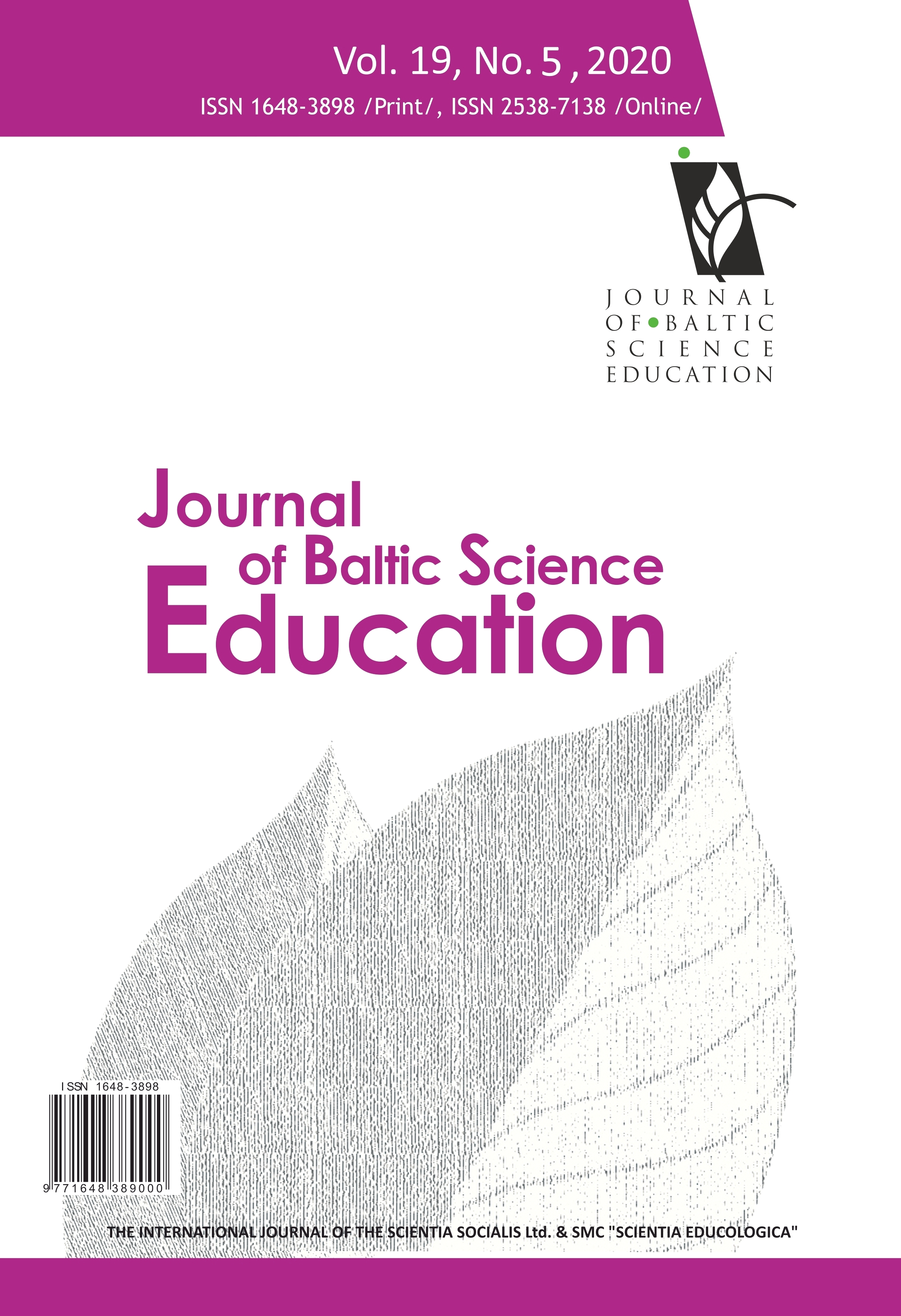STEM EMBEDDED IN THE DUJIANGYAN IRRIGATION SYSTEM: A DESCRIPTIVE - INTERPRETIVE ANALYSIS TO DESIGN STEM COURSE
STEM EMBEDDED IN THE DUJIANGYAN IRRIGATION SYSTEM: A DESCRIPTIVE - INTERPRETIVE ANALYSIS TO DESIGN STEM COURSE
Author(s): Jon-Chao Hong, Jian-Hong Ye, Ya-Jiuan Ho, Ya-Jun WangSubject(s): Education, School education
Published by: Scientia Socialis, UAB
Keywords: cultural-historical activity theory; Dujiangyan; hydraulic engineering; interdisciplinary knowledge; STEM;
Summary/Abstract: STEM (science, technology, engineering, and mathematics) education is recognized as the world’s top education program. However, few STEM programs have been designed based on cultural-historical events. To explore this issue, the present study drew on the cultural-historical activity theory and the content analysis method by adopting the descriptive-interpretative approach to explore the STEM content of the Dujiangyan Irrigation System (DIS) in present-day Sichuan, China. As early as 2,275 years ago during the Warring States period, Li Bing, the governor of Shu Shire in the Qin state, implicitly implemented the STEM concept when building the irrigation system. The results of this study indicate that the DIS incorporates Science (e.g., the hydraulic principle), Technology (e.g., making a large cobblestone Bamboo-Cage for building Fish Mouth), Engineering (e.g., water-level measurement) and Mathematics (e.g., Calculation of sand discharge). Adopting an educational pedagogy proposed by UNESCO which emphasized learning concepts from daily life, the present study draws on a cultural-historical event to inform STEM learning. The method and results of this study can be applied in the design of STEM programs based on other cultural-historical events from around the world.
Journal: Journal of Baltic Science Education
- Issue Year: 19/2020
- Issue No: 5
- Page Range: 764-779
- Page Count: 16
- Language: English

